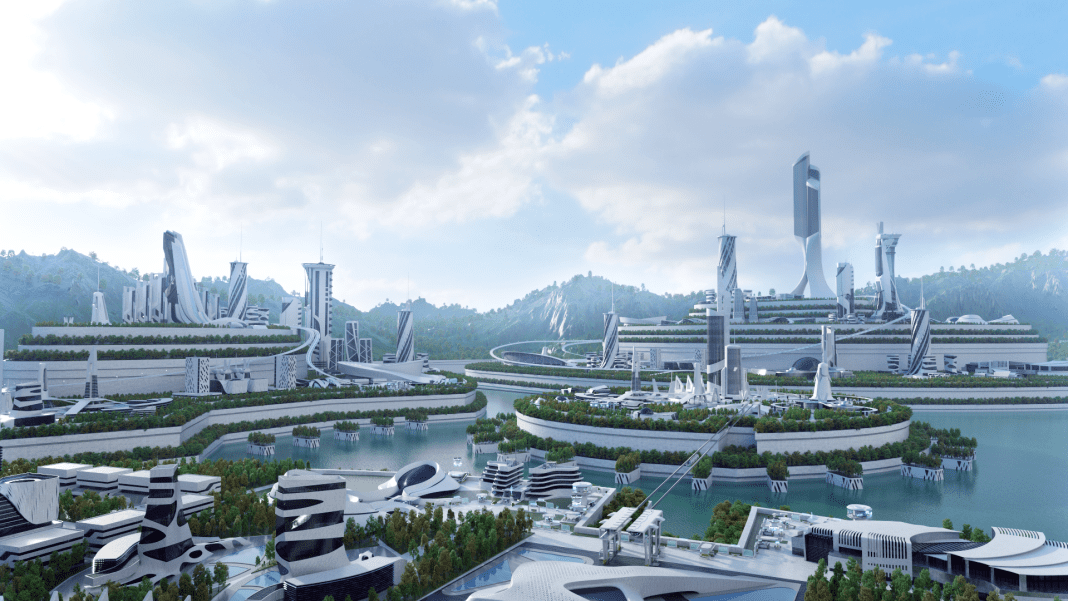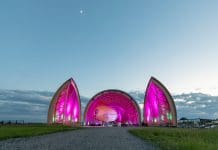Bidding for and hosting the Olympic Games comes with a massive cost – and too often, facilities have faced an uncertain future once the flame has gone out. However, writes Roderick Bates of Chaos, London, Tokyo and Paris show that with careful architectural planning and technology, the Games can deliver long-term economic, environmental and social impacts
Competition to host the Olympic Games is currently every bit as intense as it is among athletes. Estimates suggest cities will commit between $50m (£38.8m) and $100m to their bids.
This is just the beginning, as a winning bid to host the Olympics comes at a huge price. While reports vary, it’s estimated that hosting the Sochi Winter Olympics cost $59bn, the Summer Olympics in Beijing $50bn and Rio de Janeiro $20bn. And the payoff once the flame has been passed? All too often, it’s a legacy of derelict buildings and decaying infrastructure.
As hosts pull out of other major sporting events, we have to question if the fervent competition to host the Games will last, and even if the Olympics are sustainable at the current scale.
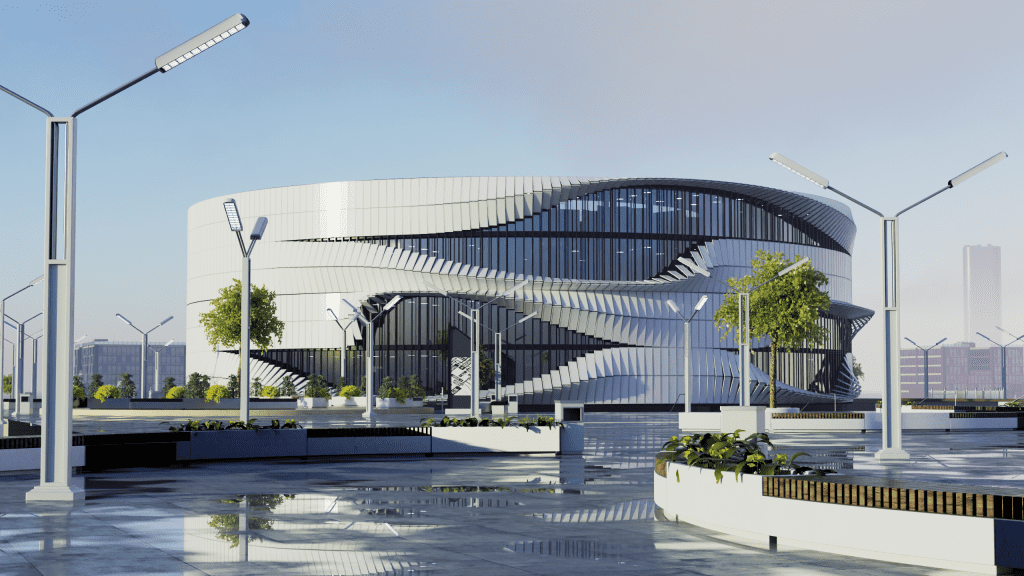
The International Olympic Committee (IOC) recognises costs have gotten out of hand and the images of dilapidated facilities post-Games are undermining the Olympics as a whole.
In response, the IOC now mandates host cities prioritise the use of existing venues, while minimising environmental impact, all while delivering long-term benefits to local communities.
Achieving these mandates is dependent on intelligent planning and design, raising the prospect that architectural design, and its ability to plan for better futures, might be the best way to save the Olympic Games.
A tale of three cities: Adaptive architecture
At first glance, the 2012 London Olympics seem to be part of the same sorry story of excessive costs and little in the way of post-Games community benefit.
They cost over £8.7bn – more than triple the initial estimate. Yet, refreshingly, the legacy is different.
Polls report that 70% of people saw the Games as a good use of public money. Even six years after the flame was extinguished, research showed that the games continued to contribute tens of millions to the economy.
Success is due, in no small part, to London’s adaptive architectural ethos. The Games were seen as the starting block, not the finish line – designed with a clear view of what was to come after.
Today, the Olympic Park is the epicentre of economic, social and cultural renewal. The original venues continue to host global events and are popular public amenities.
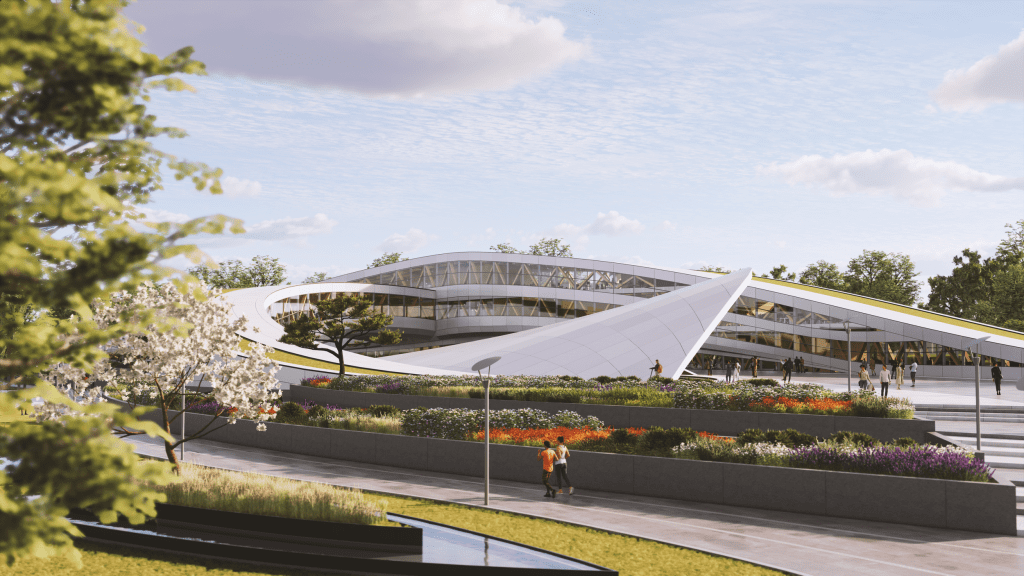
In Tokyo, the legacy of adaptive architecture is already emerging. Like London, future use of sites was as much of a priority as meeting the immediate Olympic demands.
The Olympic venues are now open for use by athletes and public alike.
In a great example of adapting to changing needs, one of the temporary arenas was reborn as a permanent urban sports centre. Public sentiment is high – 80% see the Olympics positively.
Paris is taking the adaptive architecture baton from London and Tokyo and is off and running. The approach taken by the planners for the Paris Olympics is to celebrate existing environments and find new ways to repurpose and re-engage with old structures.
A remarkable 95% of venues will either utilise existing infrastructure such as the Stade de France, or create temporary structures at iconic venues such as the Eiffel Tower.
Modelling the future of the Olympic Games
Each of these cities planned with an understanding of the economic, social and environmental impacts of new buildings and renovations to existing ones. Analysing the portfolio of proposed projects across a range of scenarios allowed them to select the designs that delivered the best mix of short-term and long-term benefit.
Advanced modelling software brings architects the necessary critical insight for this analysis. Using state-of-the-art 3D rendering technologies, architects can trial limitless scenarios – before a blueprint is printed or a foundation dug – without fear of error.
Using the design models as the basis for in-depth assessments, 3D rendering allows them to simultaneously evaluate the aesthetics and performance of a proposed development, enabling them to make real-time changes to the virtual development in response to stakeholder input and rapidly shifting environmental factors.
Economic, environmental and social benefit
The power of advanced modelling enables host cities to meet the IOC’s sustainable Games mandate – essentially economic, environmental and social benefit.
Visualising potential futures enables the delivery of physical buildings that deliver real economic advantage. London’s Olympic Park the catalyst for a tech hub and 40,000 new jobs by 2025.
In Tokyo, it helped buck the trend of spiralling costs, with efficiencies delivering the games for $13.6bn.
In Paris, modelling estimates a net Olympic boost of between $7bn and $12bn.
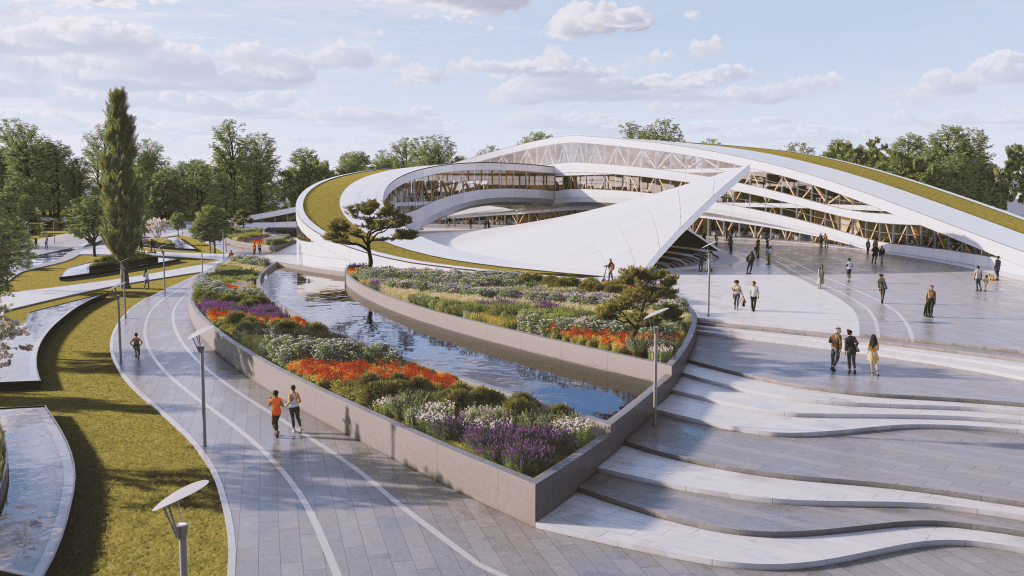
Through careful architectural planning, Paris is set to be the low carbon Games, with design phase visualisation ensuring the venue will live up to aesthetic and environmental standards of the host city, achieving a 50% reduction in anticipated overall carbon emissions.
In Tokyo, environmentally conscious architecture helped cut CO2 emissions during the Games by 800,000 tonnes.
In London, the Games have helped to reduce corporate energy consumption by 25%, progressing the UK’s net zero ambitions.
Socially, the London games kickstarted the development of 11,000 new homes, as well sporting and recreational opportunities.
In Paris, the revitalisation of existing buildings will bring immediate and long-term benefits to citizens, a benefit pioneered in Tokyo, where sports participation increased from 39% in 2007 to 69% in 2021.
Visualise better futures
While the post-Olympics record is mixed, we can take heart in the positive indicators from London and Tokyo. Paris is showing that it can build upon the lessons learned from its predecessors, ensuring the Olympic torch continues to burn brightly.
At Chaos, we believe that architects and designers have the power to create futures that ensure the Olympic Games continue to bring lasting economic, environmental and social opportunities. It is their creativity that will ensure the sustainability of the Olympic movement and its values of excellence, respect and friendship.


